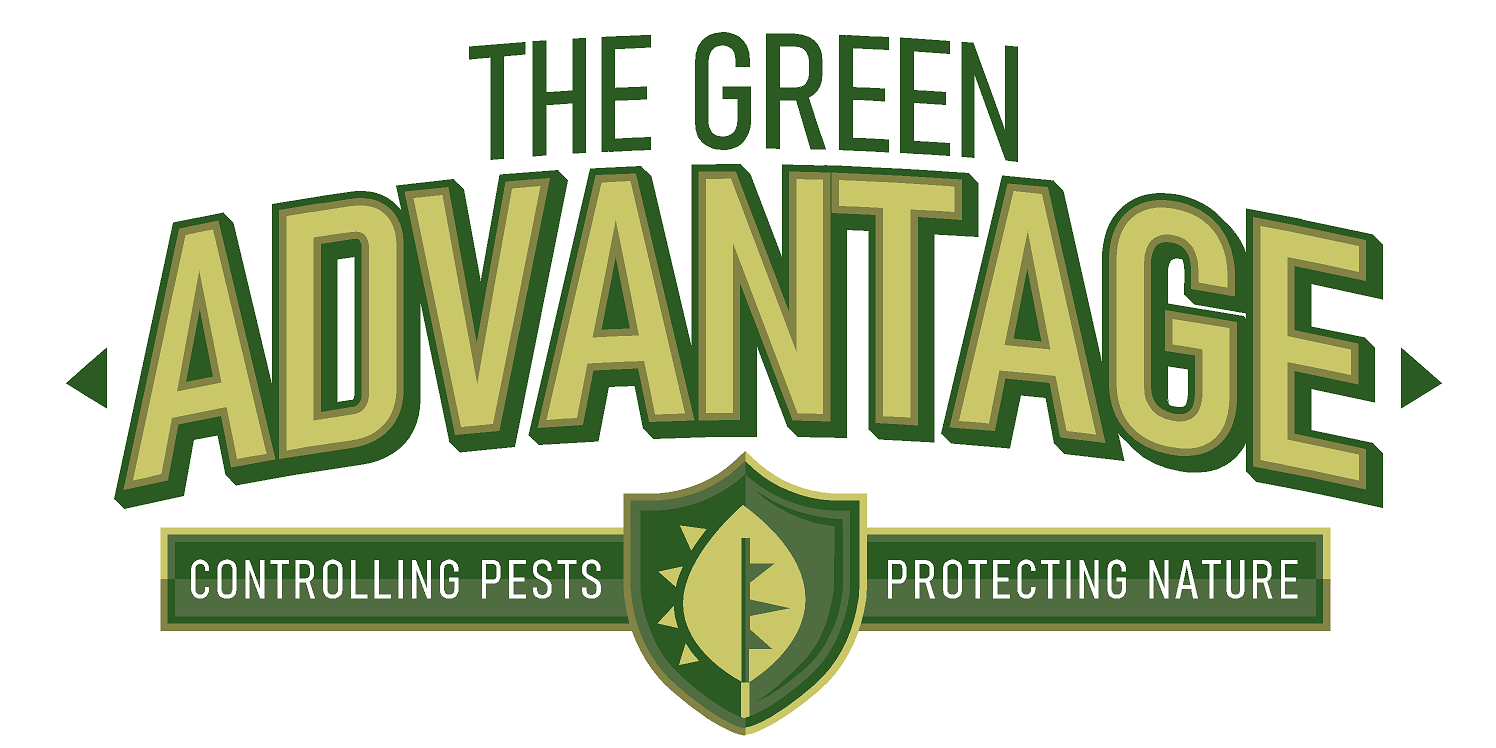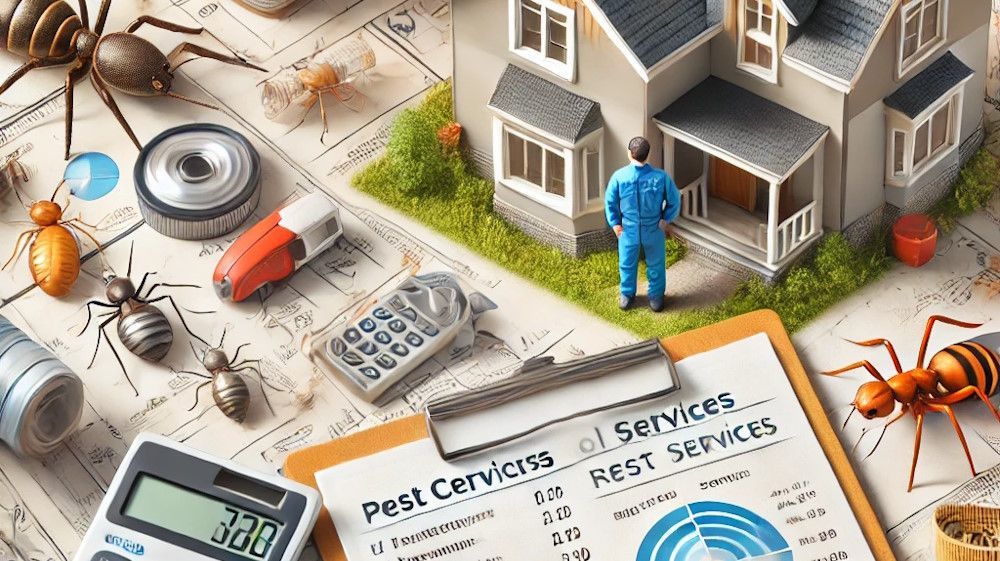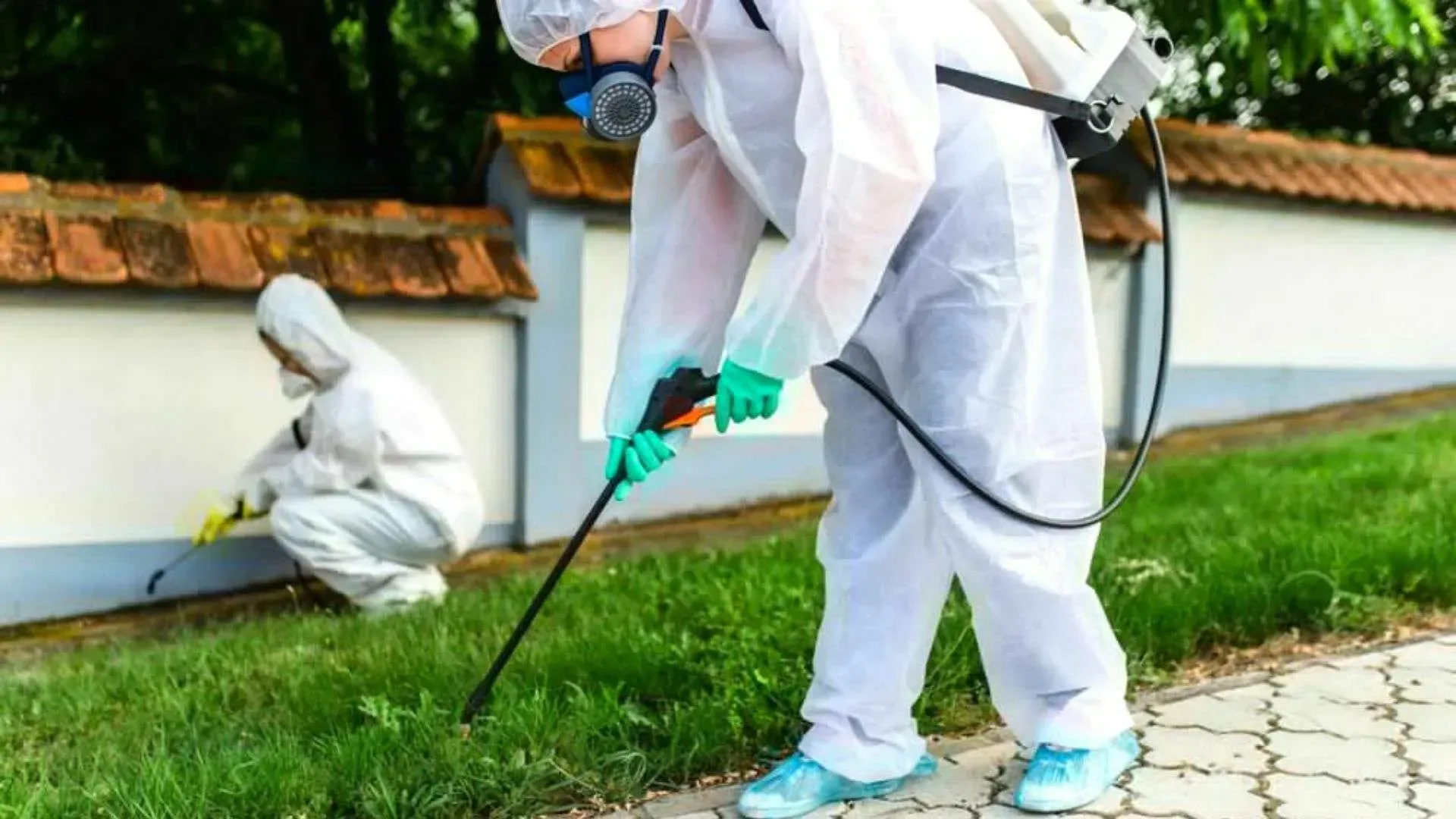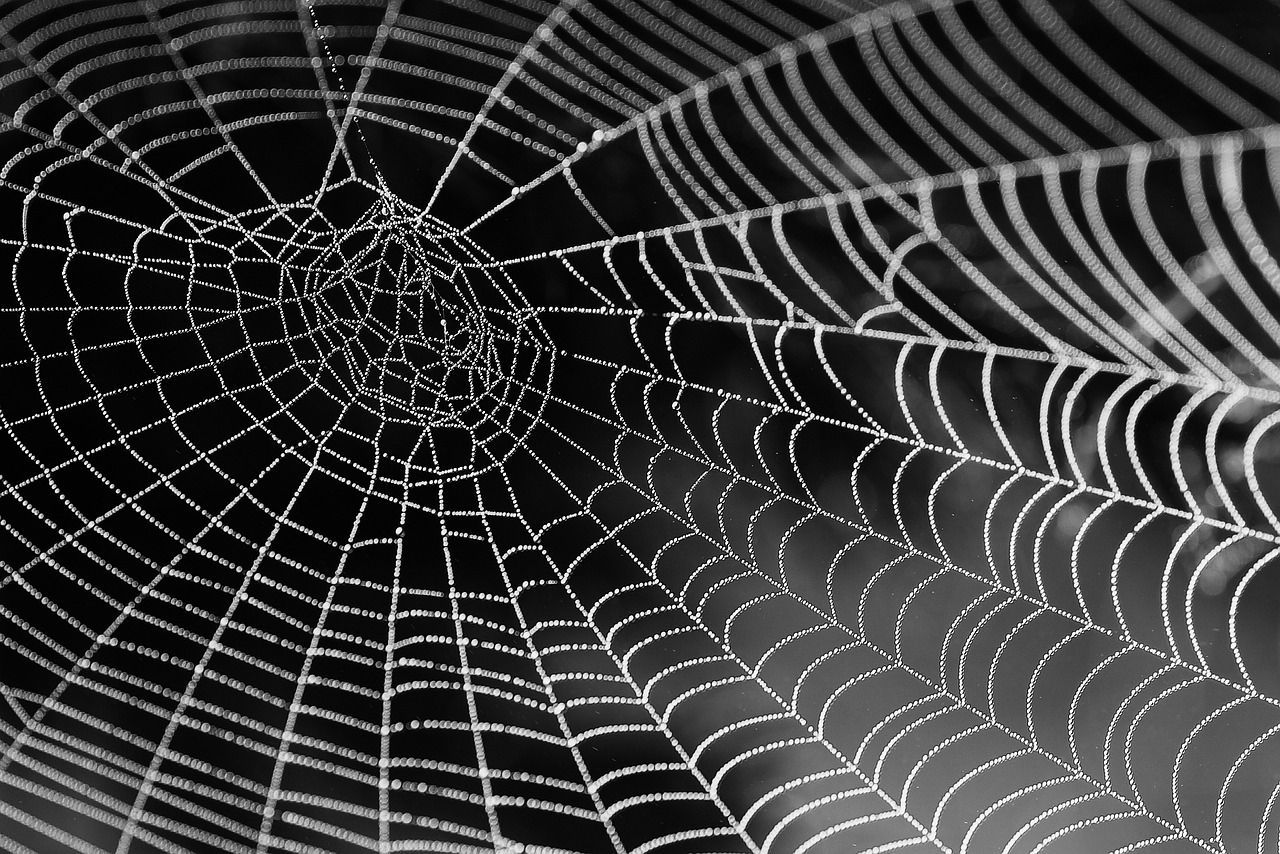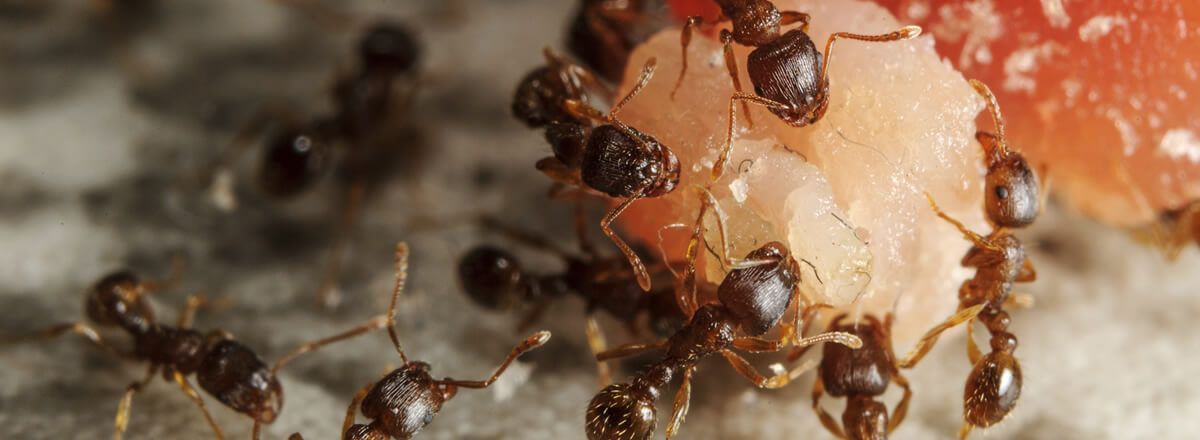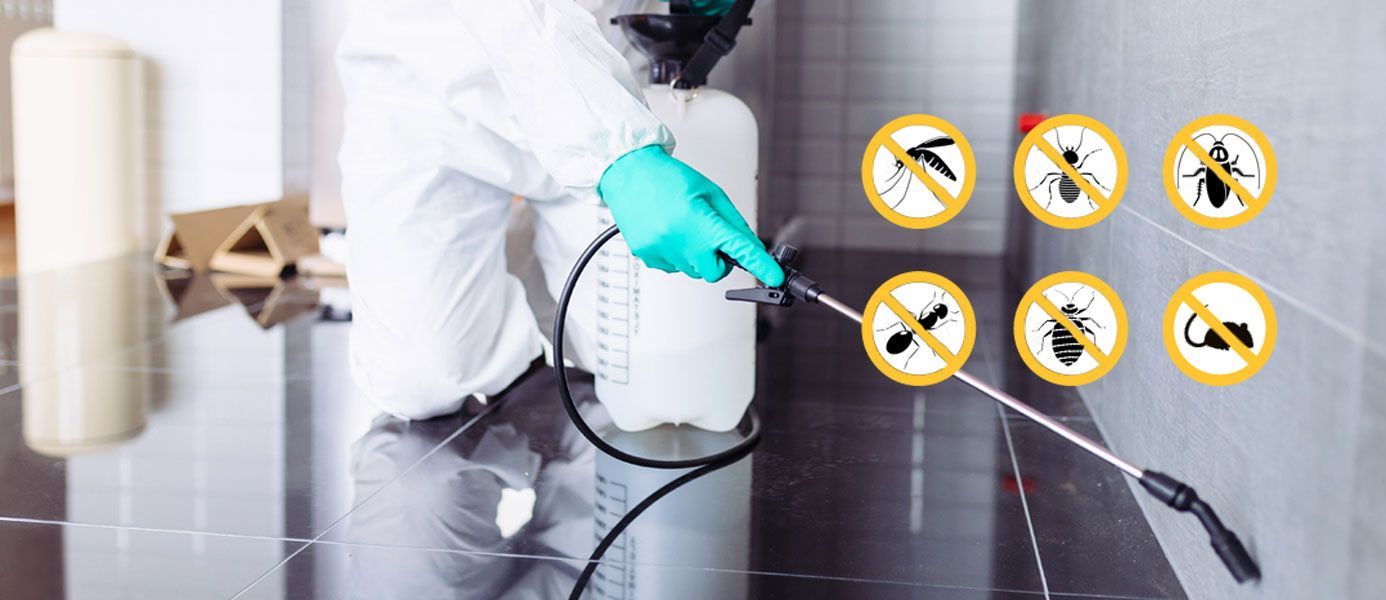Termites
Tiny Pests with a Surprisingly Fascinating World

Termites might not be the most glamorous creatures, but don't let their small size and unassuming appearance fool you. These tiny insects play a vital role in ecosystems worldwide and have a captivating social structure that rivals that of any other animal. In this blog, let's explore the fascinating world of termites, their ecological significance, and how they have managed to thrive for over 250 million years.
Evolution and Classification
Dating back to the rise of dinosaurs, termites have a long evolutionary history. Belonging to the order Blattodea, they are distant relatives of cockroaches and mantises and are divided into three families: Termitidae, Rhinotermitidae, and Kalotermitidae. Each family has unique characteristics and lifestyles, but all share one thing in common: their incredible ability to break down cellulose, found in plant material.
Social Structure and Castes
Termites are eusocial insects, meaning they live in highly organized colonies with a cooperative division of labor. The colony consists of different castes, each with specific roles and responsibilities. The reproductive caste includes the king and queen, responsible for reproduction. Soldiers, with their large jaws or chemical weaponry, protect the colony from threats. Workers, the most numerous castes, build and maintain the nest, forage for food, and care for the young.
Termites and Ecosystems
While termites might be considered pests in our homes, they play a crucial role in the environment. Termites are powerful decomposers, breaking down dead plant material and recycling nutrients back into the soil. Their digestion of cellulose, thanks to the help of microorganisms in their guts, allows them to exploit food sources that would be inaccessible to other organisms. Additionally, termites construct intricate nests that provide shelter for numerous plant and animal species, contributing to overall biodiversity.
Farming and Symbiotic Relationships
One of the most remarkable aspects of termite behavior is their ability to cultivate fungi. Certain termite species create "gardens" within their colonies, where they cultivate specific fungal species. These fungi break down the wood the termites collect, providing a valuable food source for the colony. In return, termites actively protect these gardens from other invasive fungi or pathogens, showing a complex symbiotic relationship that has developed over time.
Impacts on Human Life
While termites are integral to ecosystems, they can pose challenges when they invade human habitats. These tiny pests cause extensive damage to buildings and wooden structures, leading to significant financial losses. However, it is important to note that not all termites are destructive. In fact, some species help control the spread of invasive plants or reduce the risk of wildfires by breaking down dead vegetation.
Conclusion
Termites might not be the most glamorous creatures, but their existence and contributions are undeniable. From their remarkable social structure and symbiotic relationships to their crucial role as ecosystem engineers, termites have a complex and awe-inspiring world. Understanding and balancing their impacts on both natural and human environments is essential, as these tiny insects continue to shape and influence diverse ecosystems across the globe.
